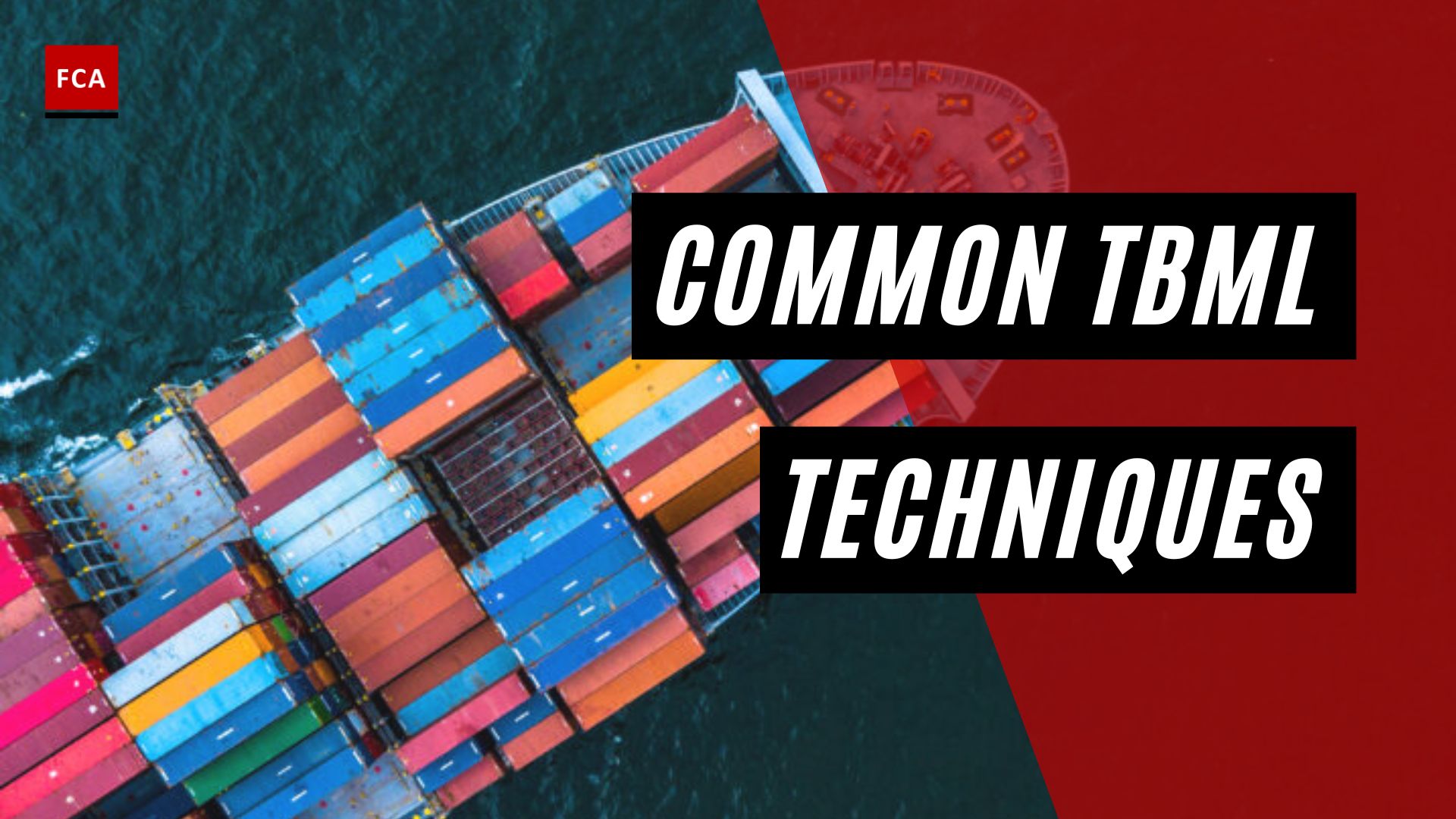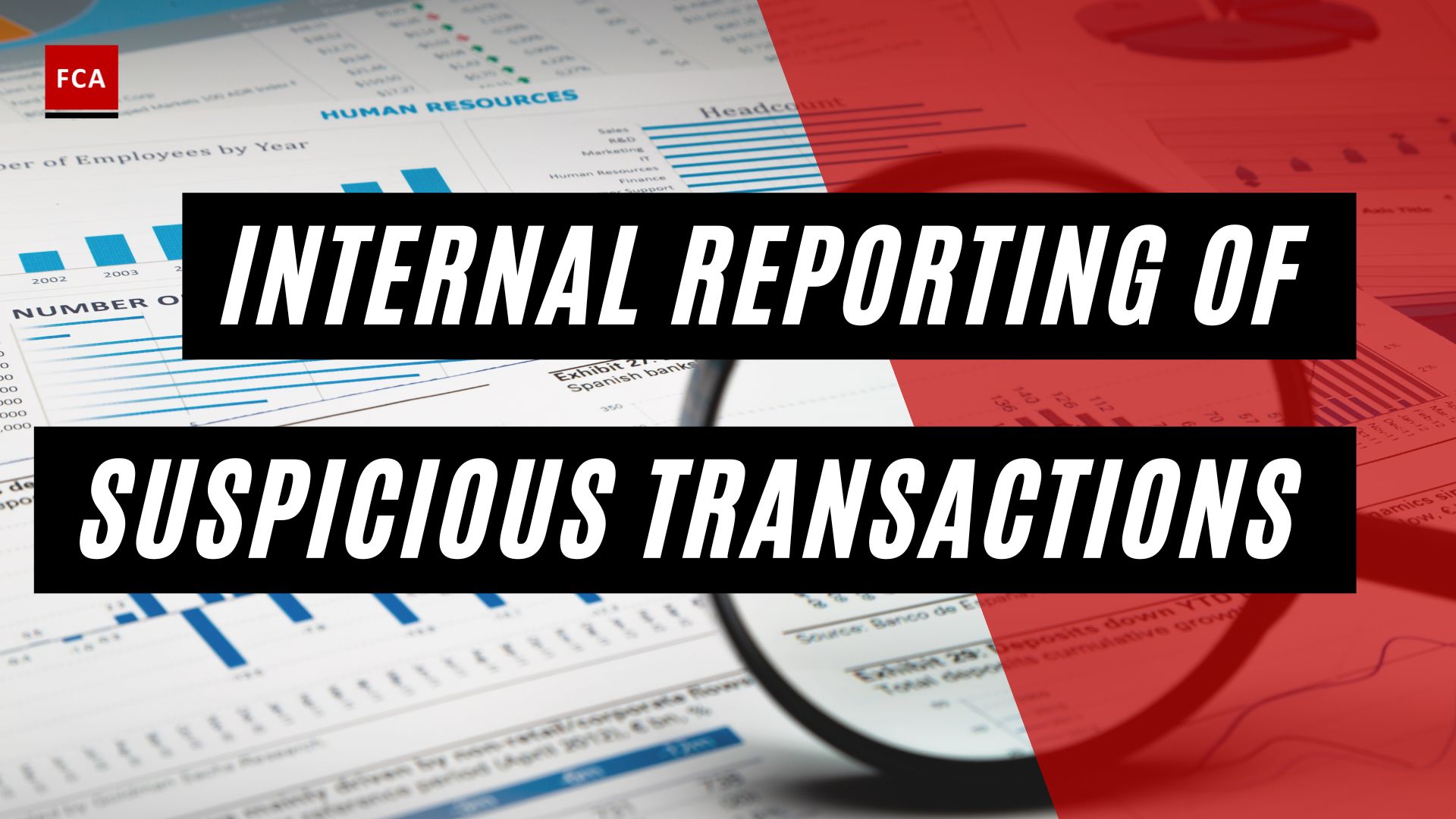GDPR and AML Compliance Framework
To effectively streamline customer onboarding processes, it is essential to understand the compliance requirements of both the General Data Protection Regulation (GDPR) and Anti-Money Laundering (AML) regulations.
Understanding GDPR and AML Compliance
The GDPR, introduced by the European Union, aims to protect the privacy and personal data of individuals. It places restrictions on the collection, use, and storage of personal data for businesses, including those with AML obligations. This can pose challenges for institutions that need to comply with both AML and GDPR requirements, as AML efforts require the intensive focus on personal data.
Non-compliance with GDPR regulations can result in severe penalties, such as fines of up to €20 million or 4% of global revenue, whichever is higher (ProcessUnity). Data Protection Authorities have the authority to impose these fines, taking into account various factors, including the nature, gravity, and duration of the infringement, intentional or negligent character, action taken to mitigate damage, and the level of cooperation from the organization (European Commission).
The Impact of GDPR on AML Compliance
Financial institutions face the challenge of navigating complex regulatory environments due to the overlapping requirements of GDPR and AML regulations. While AML regulations aim to prevent money laundering and terrorist financing, GDPR focuses on protecting personal data privacy. These distinct objectives require financial institutions to strike a balance between ensuring AML compliance and adhering to GDPR requirements.
To comply with GDPR while managing their AML obligations, financial institutions must implement robust data protection measures, establish data minimization practices, and ensure secure data transmission and storage (ComplyAdvantage). This necessitates the development of comprehensive compliance frameworks that address the specific requirements of both GDPR and AML.
By integrating GDPR and AML compliance frameworks, financial institutions can enhance their customer onboarding processes, ensuring the secure collection, storage, and use of personal data while fulfilling AML obligations. This integration requires a thorough understanding of regional and international regulations, as well as the challenges faced by financial institutions in achieving compliance (gdpr and aml compliance).
In the following sections, we will explore key considerations, challenges, and strategies for effectively integrating GDPR and AML compliance in the customer onboarding process.
Key Considerations for GDPR and AML Compliance
When it comes to customer onboarding processes, there are key considerations that organizations must keep in mind to ensure compliance with both the General Data Protection Regulation (GDPR) and Anti-Money Laundering (AML) requirements. Balancing data privacy and AML obligations, as well as ensuring proper customer data collection and consent, are crucial in meeting regulatory standards.
Balancing Data Privacy and AML Requirements
GDPR requires businesses to obtain explicit consent from customers to collect their data and use it for specific purposes. This has a significant impact on the customer onboarding process, as it necessitates clear communication and transparency regarding data collection and usage practices. Organizations must ensure that the data they collect aligns with the lawful bases for processing outlined in GDPR (KarbonHQ).
While AML regulations emphasize the need for robust customer due diligence and ongoing monitoring, GDPR introduces additional considerations surrounding data protection and privacy. It’s essential for organizations to strike a balance between fulfilling AML requirements and respecting the rights and preferences of customers under GDPR. This involves implementing appropriate measures to ensure data minimization, accuracy, storage limitation, integrity, confidentiality, and the secure handling of personal data.
To achieve this balance, financial institutions and organizations must conduct risk assessments to determine the level of data collection required for AML compliance. The risk-based approach allows for proportionate data collection based on the client’s risk profile and the product or transaction involved. By aligning AML checks with GDPR principles, such as data minimization and purpose limitation, organizations can balance their compliance obligations and data privacy requirements (Finextra).
Customer Data Collection and Consent
Under GDPR, businesses must collect only necessary personal data during customer onboarding and have a lawful basis for processing this information. This means that organizations need to review and potentially adjust their data collection processes to align with GDPR requirements (KarbonHQ). It’s crucial to clearly communicate to customers the purpose for which their data is being collected and obtain their explicit consent for the processing of their personal information.
Organizations should establish mechanisms to respond to customer requests for access to their personal data and deletion of data that is no longer necessary. This ensures compliance with GDPR’s data subject rights and may impact the customer onboarding experience by necessitating efficient processes for handling such requests.
Furthermore, organizations must implement robust data protection measures to securely store and protect customer data collected during onboarding. This includes implementing appropriate technical and organizational measures to prevent data breaches and ensuring the confidentiality and integrity of the data. Failure to adequately protect customer data can result in severe financial consequences, including fines of up to €20 million or 4% of global revenue, whichever is higher, under GDPR (ComplyAdvantage).
By carefully considering the balance between data privacy and AML requirements and ensuring appropriate customer data collection and consent practices, organizations can navigate the complexities of GDPR and AML compliance in their customer onboarding processes. Implementing robust procedures and measures enables businesses to meet regulatory standards while respecting the privacy rights of their customers.
The Challenges of Customer Onboarding
When it comes to customer onboarding, there are specific challenges that arise in the context of GDPR and AML compliance. These challenges revolve around conducting KYC (Know Your Customer) and AML (Anti-Money Laundering) checks, as well as ensuring data privacy and security measures are in place.
KYC and AML Checks
Customer onboarding for regulated businesses involves verifying a customer’s identity through ID documents like a passport or driver’s license, along with conducting AML checks to ensure customers are not involved in illegal activities. These measures help create an effective onboarding process that meets legal requirements while offering customers convenience and protection.
To comply with AML laws in most countries, regulated businesses must perform KYC checks before onboarding new customers. This involves verifying identity documents, gathering basic information on income, and assessing for suspicious activities. These checks are essential for identifying and preventing money laundering, terrorist financing, and other financial crimes.
Data Privacy and Security Measures
Data privacy regulations play a crucial role in customer onboarding, requiring companies to protect personal details and inform customers about data usage. Businesses must adopt appropriate measures for data gathering and storage to avoid violating laws or endangering customers. Failure to implement adequate measures can lead to financial penalties or criminal charges under global AML laws (KYC-Chain).
When onboarding customers, it’s important to ensure the security of their personal information. This includes implementing robust data protection measures, such as encryption and access controls, to prevent unauthorized access or data breaches. Additionally, companies must establish clear policies and procedures for handling customer data, including data retention and deletion.
To navigate these challenges effectively, businesses need to strike a balance between regulatory compliance and delivering a seamless onboarding experience for customers. By leveraging technology solutions that automate KYC and AML checks, companies can streamline the onboarding process while ensuring compliance with GDPR and other data privacy regulations (KYC-Chain).
By addressing the challenges of customer onboarding in the context of GDPR and AML compliance, businesses can establish robust and compliant processes. These efforts not only protect customers from potential financial crimes but also safeguard their personal information, fostering trust and confidence in the onboarding process.
Mitigating Risks in Remote Customer Onboarding
When it comes to remote customer onboarding, mitigating risks is of utmost importance to protect sensitive personal and financial information. Data breaches during the onboarding process can have severe consequences, including financial implications, legal repercussions, and a loss of trust in the institution. This is especially true in regions with strict data protection laws (Flagright).
Ensuring Secure Data Transmission
Securing the transmission of customer data is a critical aspect of remote customer onboarding. Financial institutions must implement robust encryption protocols to safeguard data during transit. This helps prevent unauthorized access and ensures that customer information remains confidential.
Implementing secure data transmission involves using strong encryption algorithms and protocols, such as Transport Layer Security (TLS) or Secure Sockets Layer (SSL), to establish a secure connection between the customer’s device and the institution’s servers. These protocols encrypt the data, making it unreadable to unauthorized parties.
Additionally, financial institutions should regularly update their encryption mechanisms to stay ahead of potential vulnerabilities and security risks. Conducting regular security audits and penetration tests can help identify any weaknesses in the data transmission process and address them promptly.
Addressing Data Breach Risks
Remote customer onboarding introduces unique challenges and risks, including the potential for malicious actors to exploit vulnerabilities in the process. These actors may use stolen personal data or sophisticated techniques like deep fakes to impersonate genuine customers, leading to unauthorized access to accounts and financial theft.
To address data breach risks, financial institutions should implement robust identity verification measures. This may include multi-factor authentication, biometric verification, or knowledge-based authentication questions. These additional security layers help ensure that the person being onboarded is who they claim to be, reducing the risk of impersonation and fraudulent activity.
Regularly updating and educating customers about potential security risks is also essential. Financial institutions should provide clear instructions on how to create strong passwords, recognize phishing attempts, and report any suspicious activities. By fostering a culture of security awareness, institutions can empower customers to actively participate in protecting their own data.
Furthermore, institutions should have incident response plans in place to effectively handle data breaches if they occur. These plans should outline the necessary steps to investigate, contain, and mitigate the impact of a breach. Promptly notifying affected customers and relevant authorities is crucial for compliance with data protection regulations.
By ensuring secure data transmission and addressing data breach risks, financial institutions can minimize the risks associated with remote customer onboarding. Implementing robust security measures, regularly updating encryption protocols, and educating both customers and employees about security best practices are essential steps in protecting sensitive customer information. Compliance with regional and international data protection regulations should be a top priority, as non-compliance can result in significant fines and legal consequences (Flagright).
GDPR and AML: Navigating Complex Regulatory Environments
When it comes to GDPR and AML compliance, financial institutions face the challenge of navigating complex regulatory environments. The landscape of regional and international regulations adds a layer of complexity to customer onboarding processes, especially for businesses operating in multiple countries. Let’s explore the regional and international regulations that financial institutions need to consider, as well as the compliance challenges they may encounter.
Regional and International Regulations
Financial institutions operating globally must adhere to a web of regional and international regulations, each with its own rules, standards, and best practices. The regulatory requirements for AML and data privacy can vary significantly from one jurisdiction to another. For example, the European Union (EU) has implemented the General Data Protection Regulation (GDPR), which sets strict guidelines for data protection and privacy. On the other hand, the United States has regulations such as the Bank Secrecy Act (BSA) and the USA PATRIOT Act to combat money laundering and terrorist financing.
In addition to these regional regulations, international bodies like the Financial Action Task Force (FATF) provide guidelines and recommendations for AML and counter-terrorist financing efforts. These global standards aim to promote consistent implementation of AML measures across countries.
Navigating these regulatory environments requires financial institutions to adapt their processes to comply with the specific requirements of each region. This includes understanding local laws, staying up to date with regulatory updates, and implementing robust compliance programs tailored to the jurisdictions in which they operate.
Compliance Challenges for Financial Institutions
Financial institutions face several compliance challenges when it comes to GDPR and AML. These challenges arise due to the overlapping requirements and potential conflicts between the two regulatory frameworks.
One of the key challenges is striking a balance between the data minimization principle of GDPR and the data collection required for AML compliance. GDPR emphasizes the need to minimize personal data processing, while AML regulations often require the collection of customer information to conduct thorough customer due diligence. However, a risk-based approach can help reconcile these requirements. AML checks and data collection should be proportionate to the risk profile of the client and the product or transaction involved, ensuring compliance with both GDPR and AML regulations.
Financial institutions also need to ensure that their AML programs and processes are GDPR-compliant. This involves implementing appropriate data protection measures, ensuring data accuracy, and establishing robust data retention policies. Additionally, staff training on both GDPR and AML requirements is crucial to ensure that employees understand their obligations and can effectively navigate the complexities of the regulatory landscape.
By staying informed about regional and international regulations, financial institutions can proactively address compliance challenges and implement effective strategies to achieve both GDPR and AML compliance. It is essential to work with legal and compliance experts who can provide guidance on the specific requirements of each jurisdiction and help develop comprehensive compliance programs.
In the next section, we will explore the process of creating an effective customer onboarding process while ensuring compliance with both GDPR and AML requirements. Stay tuned!
Sources:
Creating an Effective Customer Onboarding Process
When it comes to customer onboarding, ensuring compliance with legal requirements is of utmost importance. Businesses must navigate the complex landscape of regulations, including those related to GDPR and AML compliance. Striking the right balance between security and user experience is essential for a smooth and effective onboarding process.
Compliance and Legal Requirements
Compliance is a critical aspect of the customer onboarding process. It involves aligning operations with applicable laws, regulations, and industry standards. For instance, to comply with Anti-Money Laundering (AML) laws, regulated businesses must perform Know Your Customer (KYC) checks, verify identity documents, gather basic information on income, and assess for suspicious activities (KYC-Chain). Meeting these requirements helps protect customers and businesses from fraudulent activities and ensures a secure onboarding process.
Under the General Data Protection Regulation (GDPR), businesses must adhere to strict data privacy regulations in the customer onboarding process. This involves protecting personal details, informing customers about data usage, and implementing appropriate measures for data gathering and storage. Failure to comply with GDPR can result in financial penalties or criminal charges under global AML laws (KYC-Chain).
To create an effective onboarding process, businesses need to establish clear goals and deliver an effective message that resonates with customers. This helps enhance overall satisfaction and increase product or service usage. By integrating compliance and legal requirements into the onboarding process, businesses can build trust with customers, demonstrating their commitment to protecting their data and providing a secure experience.
Striking the Balance between Security and User Experience
Striking the right balance between security and user experience is crucial for a successful customer onboarding process. While robust security measures are necessary to protect customer data, an overly complex or burdensome process can frustrate users and hinder adoption.
To create a seamless onboarding experience, businesses should leverage technology and automation where possible. This can streamline the collection and verification of customer information, reducing manual efforts and enabling a more efficient process. Implementing user-friendly interfaces and clear instructions can also enhance the overall user experience, making the onboarding process more intuitive and less overwhelming.
It is essential to ensure that security measures are integrated throughout the onboarding journey. This includes secure data transmission, encryption of sensitive information, and data breach prevention measures. By prioritizing both security and user experience, businesses can build trust, minimize friction, and create a positive onboarding experience for customers.
By integrating compliance and legal requirements into the customer onboarding process, businesses can meet regulatory obligations while providing a secure and user-friendly experience. This approach not only protects customers and businesses from fraudulent activities but also fosters trust and loyalty. Striking the right balance between security and user experience is key to creating an effective onboarding process that sets the foundation for a successful customer relationship.









